- How to Change DNS in Windows 10
- Why do we need to change DNS server?
- Top three fastest DNS servers.
- How do we change the DNS server?
- Method 1: Change the DNS server through the Network Settings
- Method 2: Using the Command Prompt to change the primary and secondary DNS server
- Method 3: Changing the DNS server from the router’s settings
- How to change DNS settings on your PC running Windows 10
- What’s DNS?
- How to change Windows 10 DNS settings using Control Panel
- How to change Windows 10 DNS settings using Settings
- How to change Windows 10 DNS settings using Command Prompt
- More Windows 10 resources
- Halo: MCC’s live service elements make it better, not worse
- Microsoft’s Surface Duo is not ‘failing up’
- Here’s what you can do if Windows 10 update KB5001330 is causing issues
- These are the best PC sticks when you’re on the move
How to Change DNS in Windows 10
Domain name system or commonly known as DNS is a system that translates domain names into IP addresses. Whenever we write a website’s URL into the address bar of our web browser, the browser sends the URL to the default DNS server, the server then translates the URL into an IP address and the contents of that IP address are retrieved back to your web browser. The only reason why domain name system exists is because domain names are fairly easy to remember while trying to remember IP addresses is quite hard. DNS serves as a phone book; it binds a domain name to its respective IP address.
Why do we need to change DNS server?
Usually, your Internet service provider(ISP) provides default DNS server for your internet connection, but it can get slow due to high loads, which can cause slow browsing. Your ISP can also track your internet activity through your DNS, and also block websites through it. The only way to avoid all these problems is to change your primary DNS server with custom one.
Top three fastest DNS servers.
These DNS servers provide fast browsing speeds and they do not track your internet activity either. They are free to use, so you can use any of these without any problems.
- Google’s public DNS server: Google’s DNS server is a free alternative for a fast and secure browsing. To use Google’s DNS you will need to use the following address
Primary DNS server: 8.8.8.8
Secondary DNS server: 8.8.4.4 - OpenDNS’s public DNS: OpenDNS provides both free and paid DNS servers, even though the paid one comes with some additional benefits, the free one is not bad either.
Primary DNS server: 208.67.222.222
Secondary DNS server: 208.67.222.220 - Norton connect Safe’s public DNS: Norton doesn’t only provide virus protection; it also provides DNS service. Norton offers three different packages each with its own uniqueness. But the free ones are the most commonly used.
Primary DNS server: 199.85.126.10
Secondary DNS server: 199.85.127.10
How do we change the DNS server?
There are a number of ways to change your default DNS server, you can either change the DNS of your PC from the network settings or you could change the DNS settings from your router so that your whole internet connection uses a single custom DNS. Here’s how to get it done.
- Through the Network settings: The easiest way to change both your primary and secondary DNS is through the network settings. You can get this done in a few clicks
- Through the CMD: you can also change the DNS servers from the command prompt.
- Through the router’s settings: If you want to change the DNS server of your whole internet connection, then you can change the DNS from your router’s settings.
Method 1: Change the DNS server through the Network Settings
The simplest way to change your PC’s DNS server is through the Network Settings. To do this you must:
- Right click on the Network icon in the system tray.
- Now click on the Open Network and Internet Settings.
Open Network & Internet settings
- Now under the Change your network settings panel, you must click on Change Adapter Settings. This will open up the Network Connections folder.
Choose Change adapter options
- In the Network Connection folder, you need to find your primary network connection and right click on it, and then click on Properties.
Choose the Properties of the primary network
- Here you will need to find the Internet Protocol Version 4 and open its properties by first selecting it and then clicking on the Properties button.
choose Internet Protocol Version 4 and click Properties
- Now choose the Use the following DNS server addresses radio button and now enter the primary and secondary DNS servers of your choice and click OK.
Choose Use the following DNS server addresses and write the addresses
- Now click Close to apply the new DNS settings.
Method 2: Using the Command Prompt to change the primary and secondary DNS server
This method will allow you to change your DNS server using the Windows command prompt, you will need to use some commands to get the job done.
- On your keyboard, press Windows + R keys and the Run Dialog box will appear, type CMD and press Ctrl + Shift + Enter to open the Command Prompt with administrative privileges. Press Yes If prompted by the UAC.
- Now once the Command Prompt is open, type the following and press Enter to show the name of your primary network connection, remember the name, as you will need it later on.
3. Now type the following command and press Enter to change the network settings.
4. Type the following command and press Enter to change your primary DNS server:
Remember to change the “ADAPTER-NAME” with your adapter’s name that you got in the second step, also change “X.X.X.X” with the required DNS server address.
5. Now type the following command and press Enter to change your secondary DNS server address:
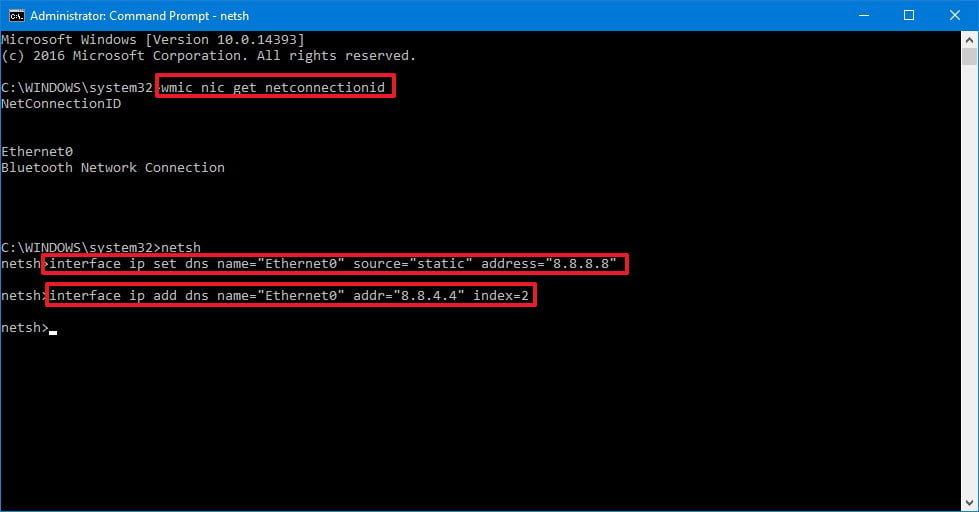
Method 3: Changing the DNS server from the router’s settings
If you want to change your DNS from the router, then the step will vary according to the model of your router but the overall options would be the same. You will need to know the IP address, username and the password of your router, all these details are written on the back side of your router.
- Open your web browser, type the IP address of your router in the address bar and press Enter.
- The Router might ask for the username and password, put the credentials and press Login.
Username and password
- Now depending on your router’s model, the DNS settings will either be under the Administration tab or the Advanced Lan Parameter tab.
- Write the preferred and the alternative DNS servers and press OK to save the settings.
DNS servers
- Reboot your router to let the changes take effect.
Reboot the router
How to change DNS settings on your PC running Windows 10

When you subscribe for internet access for home or business, the Internet Service Provider (ISP) also provides the necessary network settings, including the Domain Name System (DNS) addresses, which makes possible to access your favorite sites, online services that you may need to work from home, and download files.
The only caveat is that the ISP’s DNS servers are usually slower, unreliable at times, and not very private. However, you can always use different resolvers from third-party companies to improve your internet experience on Windows 10. Here’s how.
What’s DNS?
A Domain Name System is a service (usually at no cost to you) that allows you to type a friendly domain name in the web browser to load a web page, and without them, it’d be a nightmare to surf the internet.
The issue is that every device connected to a network requires an IP address (104.18.189.55) to communicate with other devices. However, these addresses are not easy for humans to remember, and DNS servers are the ones that provide the mechanism to translate friendly domain names (WindowsCentral.com) into an IP address that computers can understand.
Although you can type https://windowscentral.com to get to our website, in the background, the browser first sends a request to the DNS servers to resolve the website name into an IP address. When the address is found, it returns, and then the browser connects to the site and downloads the contents of the page.
Typically, you don’t notice this process, because everything happens in milliseconds. However, if the resolvers that you’re using aren’t reliable, they’re slowing down your internet, or you want to use faster and more private servers, Windows 10 allows you to change these settings to any services you want to use.
In this Windows 10 guide, we’ll walk you through the steps to change the DNS settings on your computer using Control Panel, Command Prompt, and Settings app.
How to change Windows 10 DNS settings using Control Panel
To change the DNS settings on Windows 10 using Control Panel, use these steps:
- Open Control Panel.
- Click on Network and Internet.
- Click on Network and Sharing Center.
Click the Change adapter settings option in the left pane.

Right-click the network interface that connects Windows 10 to the internet, and select the Properties option.

Quick tip: You’ll know which adapter is connected to the network because it won’t have a «Disabled» or «Network cable unplugged» label.
Click the Properties button.

Select the Use the following DNS server addresses option.
Quick note: When you select the option to specify the DNS settings manually, the device will continue to receive the TCP/IP address from the DHCP server (router).
Type your «preferred» and «alternate» DNS addresses.

If you want to use Cloudflare, Google Public DNS, or Cisco OpenDNS, you can use these settings:
- Cloudflare: 1.1.1.1 and 1.0.0.1
- Google Public DNS: 8.8.8.8 and 8.8.4.4
- OpenDNS: 208.67.222.222 and 208.67.220.220
Click the Add button.
Quick tip: In addition to adding more addresses, from this tab, you can also edit and remove resolvers, and you even have an option on the side to change their priority.
Once you complete the steps, the device will immediately start using the DNS settings that you specified.
How to change Windows 10 DNS settings using Settings
To change the DNS addresses using the Settings app, use these steps:
- Open Settings.
- Click on Network & Internet.
- Click on Ethernet (or Wi-Fi depending on your connection).
Select the connection that connects Windows 10 to the network.

Under the «IP settings» section, click the Edit button.

Confirm your «Preferred DNS» and «Alternate DNS» addresses.

If you want to use Cloudflare, Google Public DNS, or Cisco OpenDNS, you can use these settings:
- Cloudflare: 1.1.1.1 and 1.0.0.1
- Google Public DNS: 8.8.8.8 and 8.8.4.4
- OpenDNS: 208.67.222.222 and 208.67.220.220
After you complete the steps, you should now be able to connect to the internet using the new resolvers.
Although the Settings app should be the recommended experience to change the DNS settings on your computer, we’re not listing this option first because it can be confusing for some people.
How to change Windows 10 DNS settings using Command Prompt
Alternatively, you can also use Command Prompt to change the DNS settings on Windows 10.
To use Command Prompt to change the device DNS settings, use these steps:
- Open Start.
- Search for Command Prompt, right-click the top result, and select the Run as administrator option.
Type the following command to launch the tool to change the networking settings and press Enter:
Type the following command to identify the names of the network adapters and press Enter:
interface show interface
Type the following command to set the primary DNS IP address and press Enter:
interface ip set dns name=»ADAPTER-NAME» source=»static» address=»X.X.X.X»
In the command, remember to change ADAPTER-NAME with the name of your network adapter you identified on step No. 4, and change X.X.X.X with the IP address of the DNS server that you want to use.
If you want to use Cloudflare, Google Public DNS, or Cisco OpenDNS, you can use these settings:
- Cloudflare: 1.1.1.1 and 1.0.0.1
- Google Public DNS: 8.8.8.8 and 8.8.4.4
- OpenDNS: 208.67.222.222 and 208.67.220.220
For example, this command sets the primary DNS addres to 1.1.1.1:
interface ip set dns name=»Ethernet1″ source=»static» address=»1.1.1.1″

Type the following command to add an alternative DNS IP address and press Enter:
interface ip add dns name=»ADAPTER-NAME» addr=»X.X.X.X» index=2
In the command, remember to change ADAPTER-NAME with the name of your network adapter you queried on step No. 4, and change X.X.X.X with the secondary address that you want to use.
For example, this command sets the secondary DNS addres to 1.0.0.1:
interface ip add dns name=»Ethernet1″ addr=»1.0.0.1″ index=2

Quick tip: If you need to add even more DNS addresses, you can repeat the above steps, but increase the number of the index option by 1. For instance, interface ip add dns name=»Ethernet1″ addr=»8.8.8.8″ index=3
Once you complete the steps, Windows 10 will start using the new DNS server addresses to resolve domain names to numeric addresses that your device can understand.
More Windows 10 resources
For more helpful articles, coverage, and answers to common questions about Windows 10, visit the following resources:
Halo: MCC’s live service elements make it better, not worse
Halo: The Master Chief Collection is more popular than ever, but some fans don’t agree with the live service approach 343 Industries has taken with it. Here’s why those elements are, at the end of the day, great for the game and for Halo overall.
Microsoft’s Surface Duo is not ‘failing up’
Microsoft announced this week that it was expanding Surface Duo availability to nine new commercial markets. While Surface Duo is undoubtedly a work in progress, this is not a sign of a disaster. It’s also doesn’t mean that Surface Duo is selling a ton either. Instead, the reason for the expansion is a lot more straightforward.
Here’s what you can do if Windows 10 update KB5001330 is causing issues
In this guide, we’ll show you the steps to get rid of the update KB5001330 to fix profile, gaming, and BSoD problems with the Windows 10 October 2020 Update and May 2020 Update.
These are the best PC sticks when you’re on the move
Instant computer — just add a screen. That’s the general idea behind the ultra-portable PC, but it can be hard to know which one you want. Relax, we have you covered!
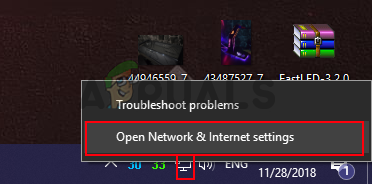 Open Network & Internet settings
Open Network & Internet settings Choose Change adapter options
Choose Change adapter options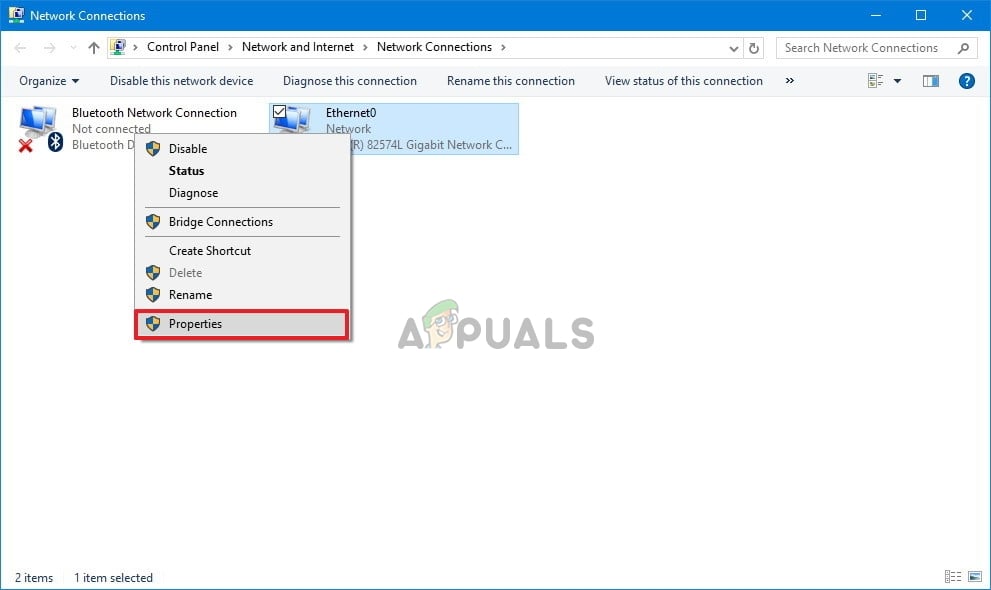 Choose the Properties of the primary network
Choose the Properties of the primary network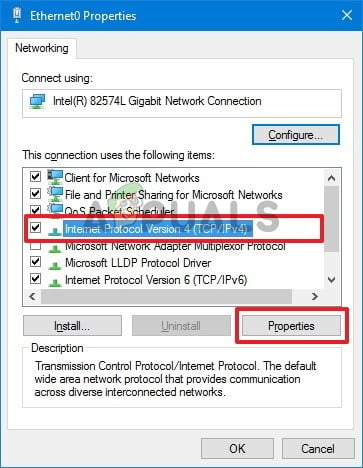 choose Internet Protocol Version 4 and click Properties
choose Internet Protocol Version 4 and click Properties Choose Use the following DNS server addresses and write the addresses
Choose Use the following DNS server addresses and write the addresses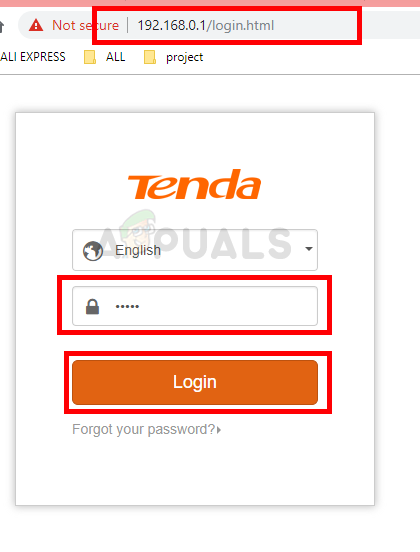 Username and password
Username and password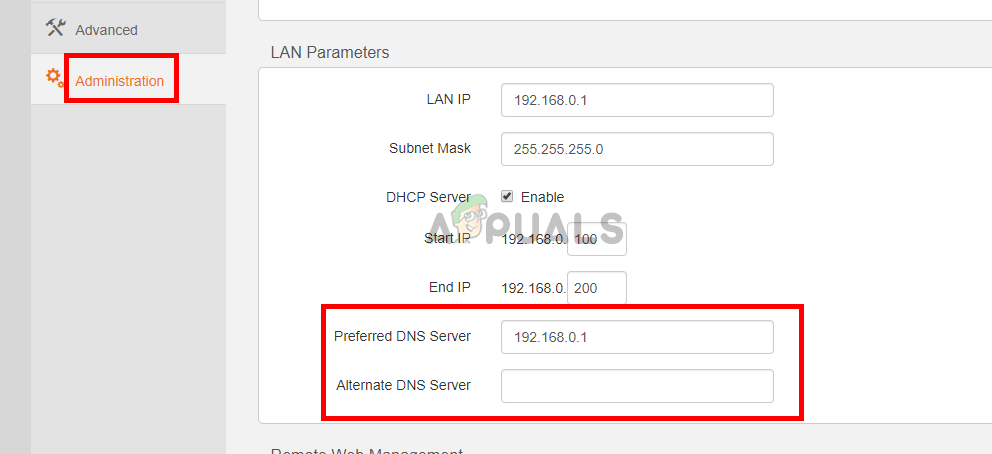 DNS servers
DNS servers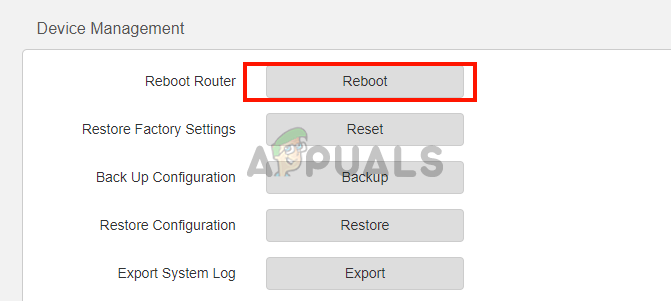 Reboot the router
Reboot the router


